How to Choose the Perfect Sliding Patio Doors for Your Home
Choosing the right sliding patio doors for your home can significantly enhance both its aesthetic appeal and functionality. These doors not only serve as a seamless transition between your indoor and outdoor living spaces but also offer ample natural light, making your home feel more open and inviting. With various styles, materials, and security features available, it’s essential to understand your options before making a decision. Factors such as the size of your space, your budget, and your personal design preferences all play a vital role in selecting the perfect sliding patio doors. Whether you’re looking to create a modern look or want something more traditional, this guide will walk you through the critical considerations to ensure you choose the ideal doors that complement your home while meeting your practical needs.
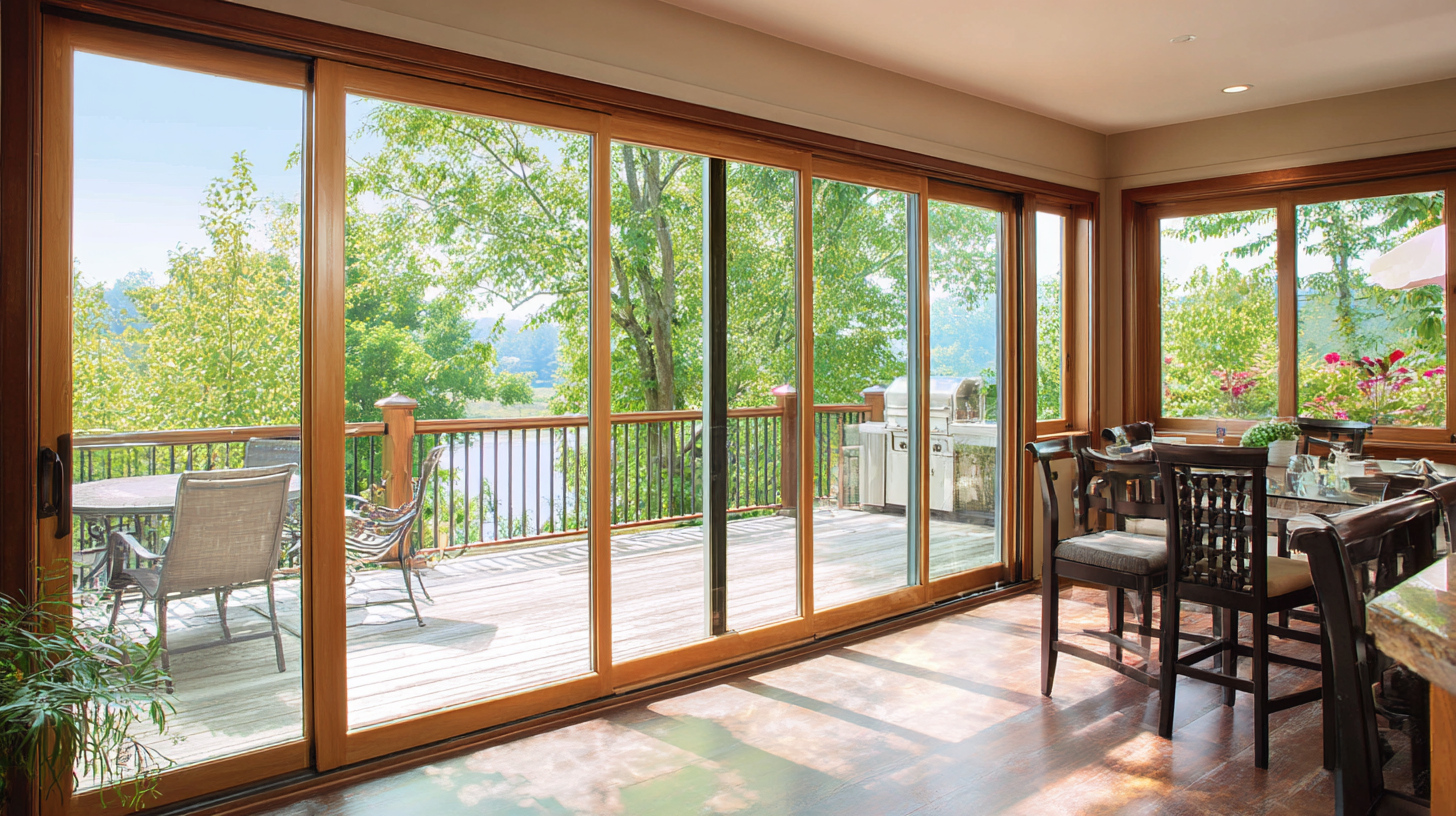
Factors to Consider When Measuring Space for Sliding Patio Doors
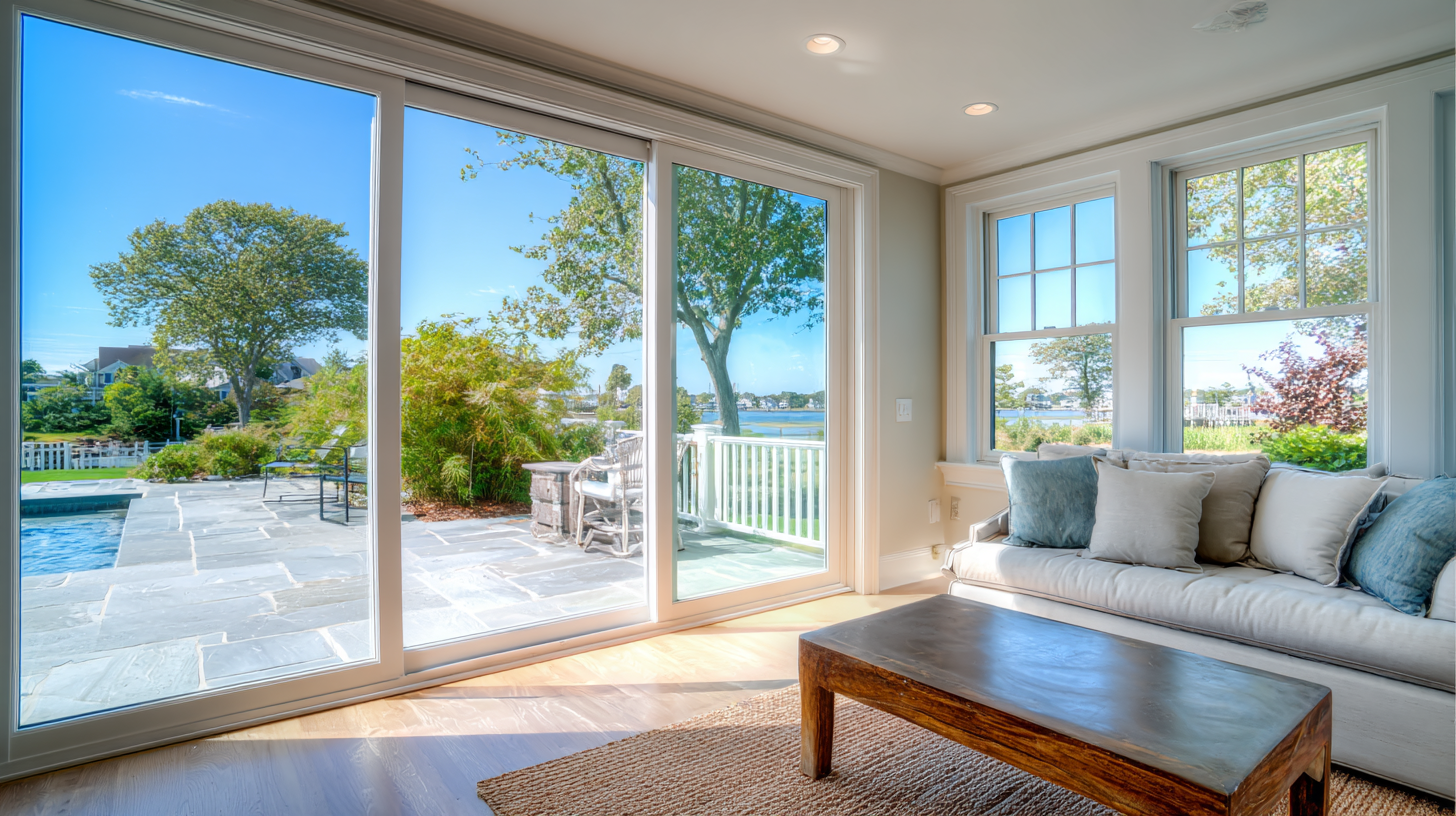 When considering the installation of sliding patio doors, accurate measurements of the available space are crucial to ensure a perfect fit. Start by measuring the width of the opening where the doors will be installed. It's essential to account for any surrounding structures, such as walls or windows, as these can affect the overall aesthetics and functionality. Additionally, consider the height of the space; standard patio doors typically range from 76 to 80 inches, but custom sizes can be ordered to accommodate unique openings.
When considering the installation of sliding patio doors, accurate measurements of the available space are crucial to ensure a perfect fit. Start by measuring the width of the opening where the doors will be installed. It's essential to account for any surrounding structures, such as walls or windows, as these can affect the overall aesthetics and functionality. Additionally, consider the height of the space; standard patio doors typically range from 76 to 80 inches, but custom sizes can be ordered to accommodate unique openings.
Another vital factor to consider is the track space for the sliding doors. Measure the depth of the wall where the doors will slide open, as this will determine whether the doors can operate smoothly without obstruction. It's also advisable to check the clearance on both sides to ensure that furniture or landscaping features won't interfere with the door's operation. By meticulously measuring these aspects, you can choose sliding patio doors that complement your home’s design while providing ease of use and enhanced access to your outdoor space.
Understanding Energy Efficiency Ratings for Sliding Doors
When selecting sliding patio doors, one of the most crucial aspects to consider is energy efficiency ratings. These ratings provide a clear indication of how well the doors can insulate your home against temperature fluctuations, ultimately impacting your energy bills. Look for doors with Energy Star certification, which ensures they meet specific energy efficiency guidelines set by the EPA. The U-factor and Solar Heat Gain Coefficient (SHGC) are two essential metrics to examine: a lower U-factor indicates better insulation, while a lower SHGC means less solar heat enters your home.
Another important factor is the materials used in the doors. Options like vinyl or fiberglass frames often provide superior insulation compared to aluminum. Additionally, double or triple-pane glass can significantly enhance energy efficiency by reducing heat transfer. When combined with low-emissivity (low-E) coatings, these glass options can reflect heat during summer while retaining warmth in winter. Assessing these features will help you choose the perfect sliding patio doors that not only match your home's aesthetic but also contribute to energy savings, comfort, and sustainability.
Material Choices: Wood vs. Vinyl vs. Aluminum for Durability and Aesthetics
When selecting sliding patio doors, the choice of material significantly impacts both durability and aesthetics. Wood is often favored for its natural beauty and warmth, providing a classic look that enhances any home’s exterior. However, it requires regular maintenance, such as staining or painting, to protect against the elements. In regions with high humidity or extreme weather, this upkeep can become cumbersome, making it less practical for some homeowners.
On the other hand, vinyl is an increasingly popular choice due to its low maintenance requirements and energy efficiency. Vinyl sliding doors are resistant to warping, fading, and corrosion, making them ideal for various climates. They come in numerous colors and styles, allowing for customization while providing a sleek, modern appearance. Aluminum, while lightweight and strong, offers a contemporary edge. It's durable and requires minimal upkeep, although it may not provide the same level of insulation as vinyl or wood. Ultimately, the decision among wood, vinyl, or aluminum hinges on personal style preferences and the importance of maintenance in one’s lifestyle.
Exploring Design Styles and Customization Options for Sliding Patio Doors
When selecting sliding patio doors for your home, design styles and customization options play a pivotal role in achieving both functionality and aesthetic appeal. Homeowners can choose from a variety of styles, including traditional, modern, and contemporary designs. Traditional doors often feature classic wood frames and intricate detailing, perfect for homes with a rustic charm. In contrast, modern sliding doors lean towards sleek lines and minimalistic designs, utilizing materials like aluminum and glass to create a chic, open feel.
Customization options further enhance the versatility of sliding patio doors. Homeowners can select from various colors, finishes, and hardware to match their existing decor. Additionally, energy-efficient glass options are available to improve insulation and reduce energy costs. Features such as built-in blinds or tinted glass add privacy and style without compromising on light. By considering the design styles and customization options, homeowners can ensure their sliding patio doors not only enhance the beauty of their space but also meet their functional needs.
How to Choose the Perfect Sliding Patio Doors for Your Home
| Feature | Details |
|---|---|
| Material Options | Vinyl, Wood, Aluminum, Fiberglass |
| Design Styles | Contemporary, Traditional, Rustic, Modern |
| Energy Efficiency | Double Glazing, Low-E Coatings, Insulated Frames |
| Customization Options | Sizes, Colors, Grid Patterns, Hardware Choices |
| Security Features | Multi-Point Locking Systems, Reinforced Frames |
| Maintenance Requirements | Low Maintenance with Vinyl, Occasional Painting for Wood |
| Cost Range | $800 - $2,500 per door depending on features and materials |
The Importance of Security Features in Ensuring Home Safety with Sliding Doors
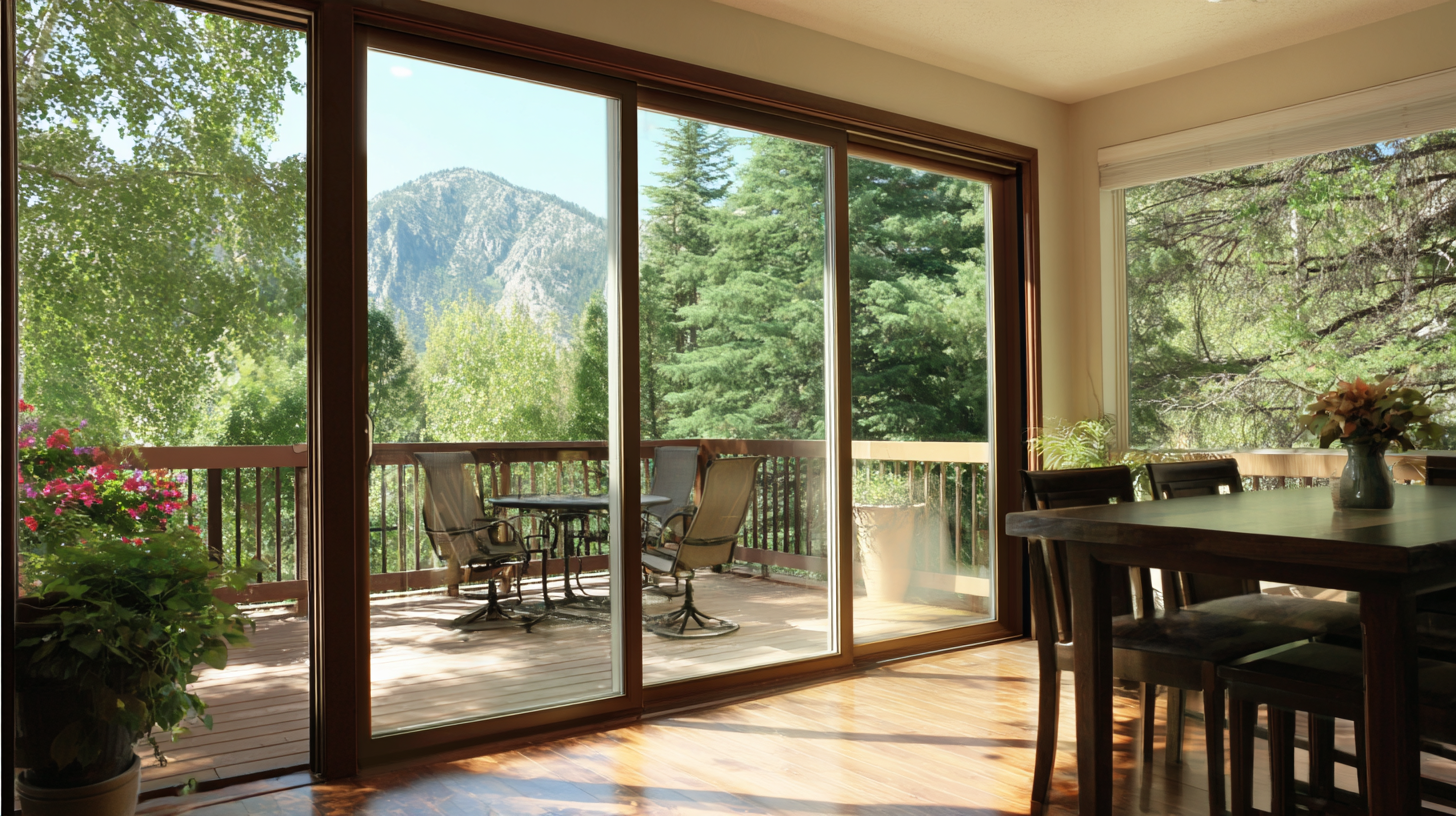 When selecting sliding patio doors for your home, prioritizing security features is paramount to ensure your safety and peace of mind. Sliding doors can be particularly vulnerable due to their design, which can make them easier to compromise than traditional doors. Look for doors with reinforced frames, multi-point locking systems, and impact-resistant glass to enhance security. These elements not only deter potential intruders but also provide you with the confidence that your home is well-protected.
When selecting sliding patio doors for your home, prioritizing security features is paramount to ensure your safety and peace of mind. Sliding doors can be particularly vulnerable due to their design, which can make them easier to compromise than traditional doors. Look for doors with reinforced frames, multi-point locking systems, and impact-resistant glass to enhance security. These elements not only deter potential intruders but also provide you with the confidence that your home is well-protected.
Tips for Choosing Secure Sliding Doors:
- Check the Locking Mechanism: Choose doors that have high-quality locks and consider adding an additional security bar for extra protection.
- Opt for Laminated Glass: Laminated or tempered glass is designed to withstand force and resist shattering, making it a smart choice for patios.
- Install Motion Sensor Lights: Pair your sliding doors with exterior lighting that activates with movement, which can deter trespassers and enhance overall security.
Investing in security features will not only protect your home but also ensure that your sliding patio doors function seamlessly as both a beautiful and safe entryway.
Related Posts
-
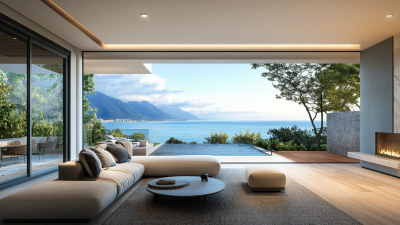
Maximizing Space and Style with Patio Doors A Comprehensive Guide for Global Buyers
-
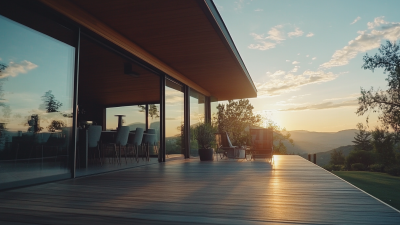
Transforming Spaces: The Impact of Glass Patio Doors on Home Aesthetics and Energy Efficiency
-
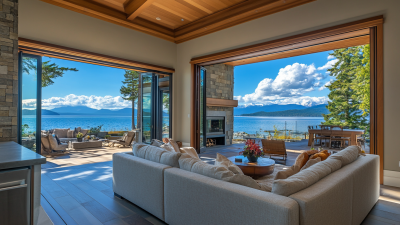
Essential Guide: 7 Key Considerations for Seamless Sliding Patio Door Installation
-

Mastering Global Trade Credentials for Windows and Sliding Doors Procurement
-

China's Manufacturing Resilience in the Face of Tariff Challenges for Best Patio Doors and Installation
-
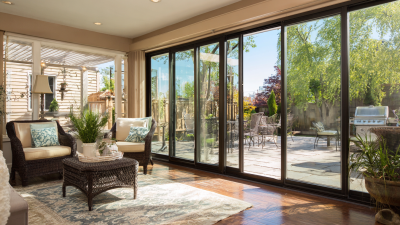
How to Choose the Best Glass Patio Doors for Energy Efficiency and Style


